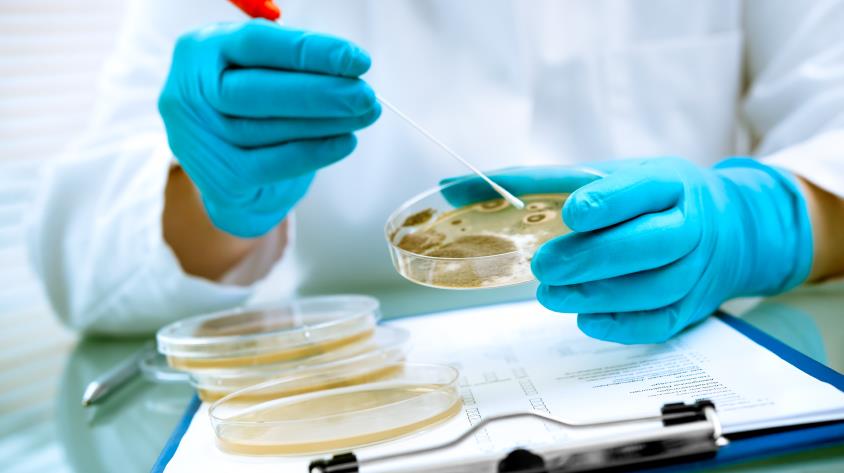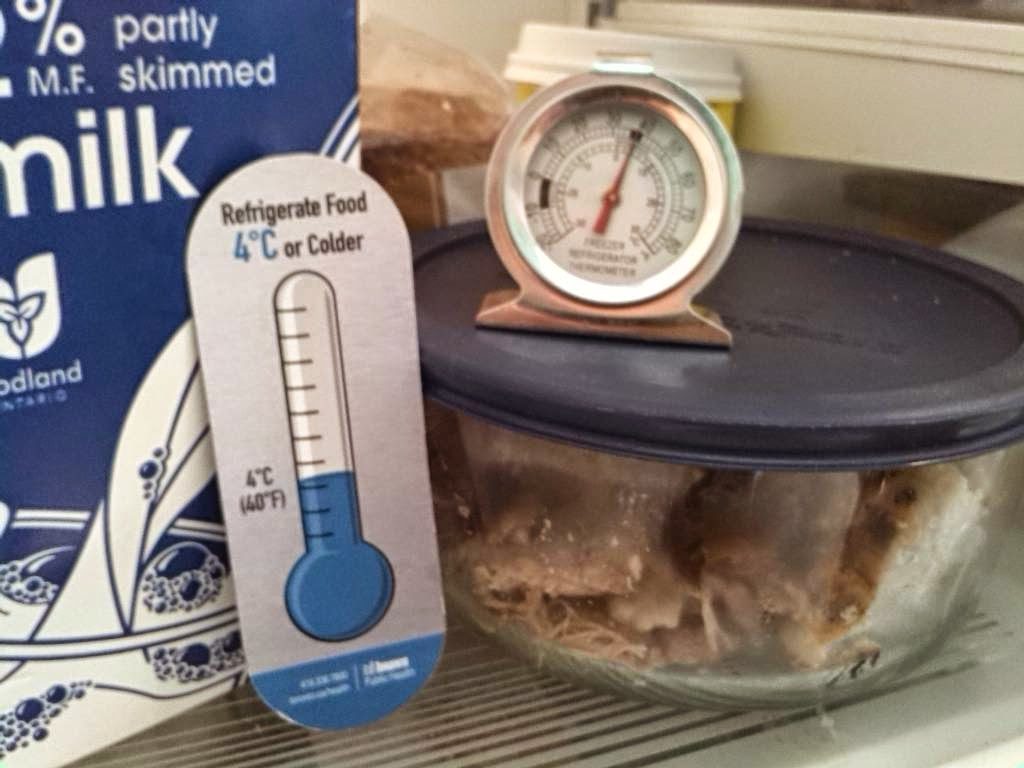The Growing Listeria Epidemic and What You Can do to Stay Safe
Listeria is a group of bacteria that contains at least 15 known strains. It is a public health hazard that primarily impacts our food supply and causes food borne illnesses. Listeria exposure is largely preventable if certain precautionary steps are taken in situations where this bacteria may be present. Let’s take a closer look at risks associated with exposure to listeria as well as steps that you can take to minimize contamination.
Exposure
Listeria is most commonly transmitted through contact with tainted food products or water. Most cases are associated with handling or eating under cooked meats, non-pasteurized dairy products, processed foods and various types of shellfish. It can also be transmitted through contact with animals who are either carrying the bacteria or wallowing in it in their feeding and living areas. The bacteria can also occasionally be found on crops that may wind up being sold in supermarkets. Keeping surfaces clean, properly washing and preparing foods can significantly reduce transmission and the risk of outbreaks.
Unfortunately, proper sanitation practices need to be followed from the source (the farm), as well as where at-risk products are sold in addition to the home. Keeping surfaces and food preparation and storage areas clean under the best of circumstances is a challenge, and being vigilant and attentive during a crisis is crucial to minimizing the spread of listeria.
Symptoms
Common symptoms to listeria exposure include muscle aches and fever, diarrhea and other digestive problems, cramping and weakness. Keep in mind that the infection often spreads outside of the digestive tract and can impact other organs and systems in the body. It is not uncommon for secondary infections to develop that are not directly related to the listeria bacterium. Furthermore, severe reactions to listeria can lead to life-threatening conditions such as meningitis, stiff neck, convulsions and septicemia.
Diagnosis and Treatment

Most patients receive a blood test that can detect the presence of listeria, however, severe cases may require a spinal fluid or amniotic fluid sample if the patient is pregnant. Treating listeria involves a multi-tiered approach that involves a course of antibiotics along with palliative care. Further treatment may be necessary depending on the extent of the infection and the condition of each individual patient. Early intervention is key to minimizing the impact that a listeria infection can have on the body.
While the majority of people will recover from a listeria infection after a brief, yet uncomfortable bout with the illness, some people develop chronic illnesses and even die. This is particularly true in older adults, young children and babies along with those who have compromised immune systems.
Remember that listeria is spread through contact with contaminated food, utensils or surfaces. However, the bacteria can be present in the soil, on plants and in animal pens and habitats. Consequently, it’s very important to maintain strong sanitary standards and engage in common, preventive steps such as regular cleaning and frequent hand washing. It is also important to be mindful of cross-contamination, particularly when using utensils and implements in the kitchen.
While listeria outbreaks are becoming more frequent, they are usually easy to manage as long as access to proper medical treatments are available. However, it wouldn’t take long for listeria to turn into a contagious epidemic in the wake of a disaster or SHTF scenario. Learn more about listeria and how you can protect you and your family today, and you can reduce the chances of being impacted by this bacteria during a crisis later.
















